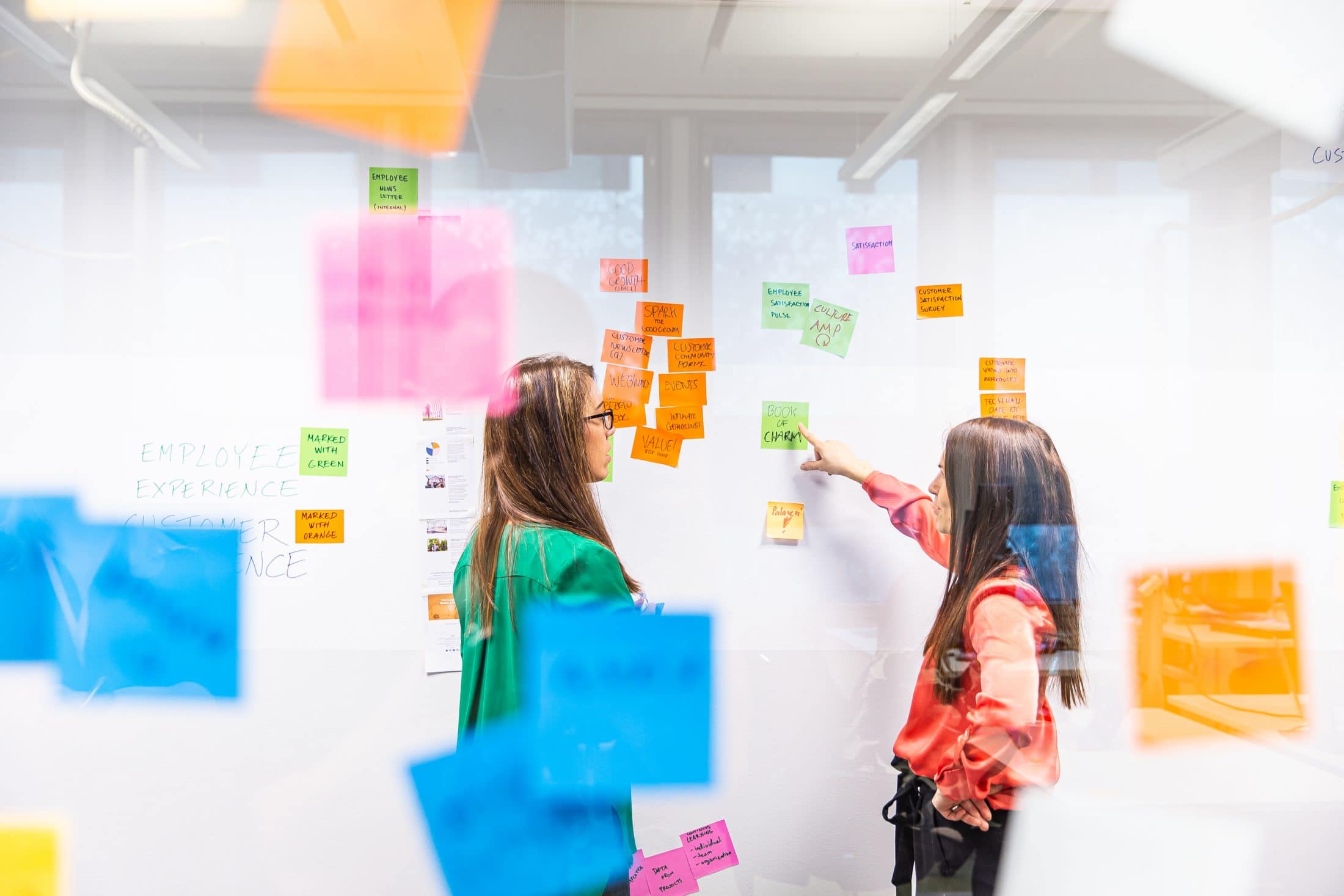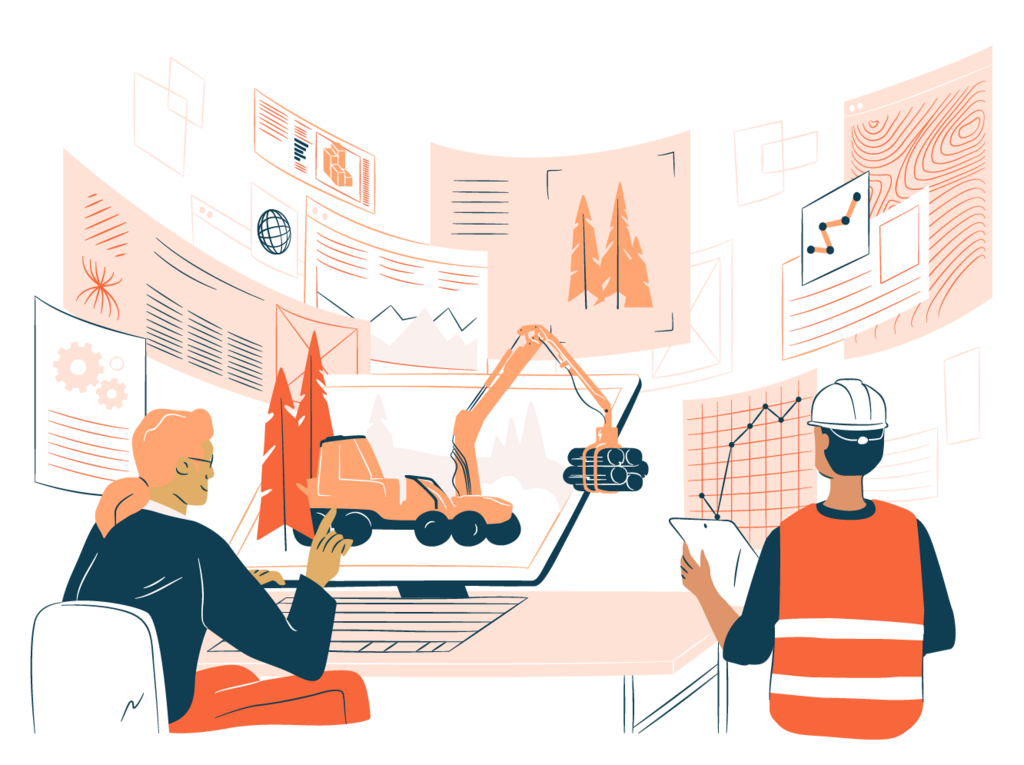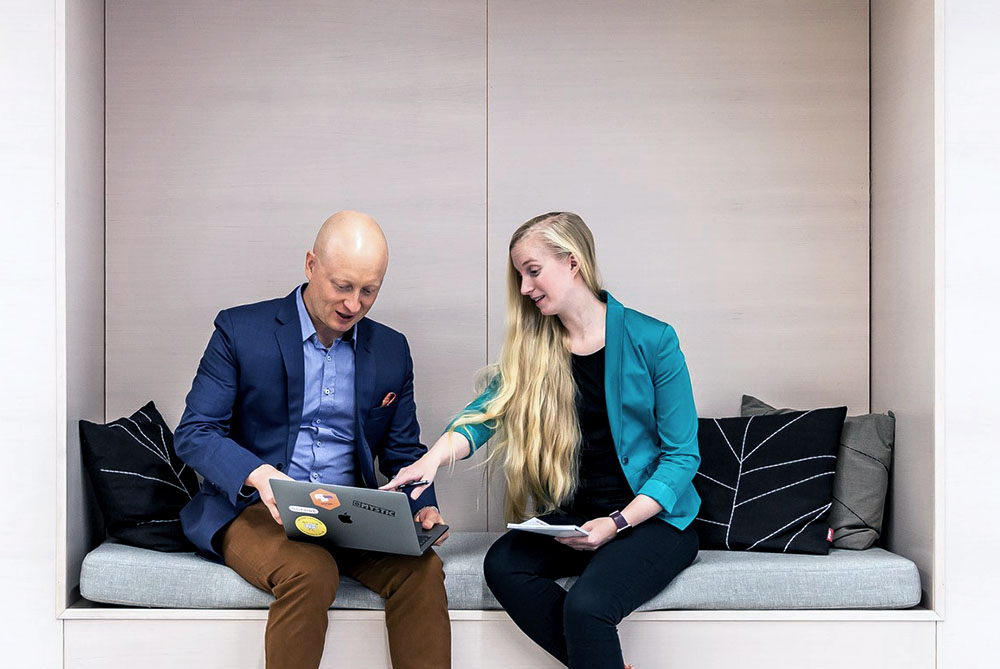Companies are obsessed with being efficient. That’s good, as without efficiency and quality it’s simply impossible to stay competitive. But what happens when a competitor offers similarly efficient products with similar quality and price? What will the customer choose and why? According to research, the answer is ”whatever feels the best”.
People will always remember how you made them feel
When it comes to customer experiences emotion is the single most important factor making or breaking customer loyalty. Emotions move us to the extent that 50% of customers say they will walk away from a brand after just one bad experience. The emotions don’t even need to be extremely bad, but simply the lack of enough good ones might already make customers look towards a competitor.
We tend to think of ourselves as rational beings (especially at work), but the truth is emotions affect our every decision more than we realize or would like to admit. And we can’t ever really turn them off. As a result, people might not even remember your name, but they will always remember how you made them feel, be it your brand, service, product or personality.
Design excels at emotion
With co-creation workshops, observational studies, interviews, prototyping, and many other human-centered design methods, designers can create a deeper understanding of the customer’s emotional needs, pain points and potential sources of joy compared to traditional customer research. The results are positive emotional experiences that are difficult for competition to copy, and a stronger emotional bond between a company and its customers’ that’s hard to sever.
Best results come from a mix of design disciplines
Customers expect things like proactive service, personalized interactions, connected processes with seamless transitions, and memorable experiences. This results in very complex customer journeys that can be hard to manage. There’s no single foolproof method or tool for perfectly handling all the complexity, but a combination of different design disciplines is the best choice for building processes and interactions that ensure customer emotions stay on the positive side. For example:
- Service Design helps increase customer satisfaction by looking at the big picture and designing processes that ensure the customers’ transition from one encounter to another goes smoothly.
- User Experience Design (UX) ensures digital touchpoints are easy to use and accessible to all. When UX design is done right, the customers will gladly return to interact with the company’s digital channels, stay engaged longer, and leave feeling content.
- Visual Design decreases customer effort by presenting complex information in an understandable way. Visual storytelling can evoke powerful emotions that strengthen the emotional connection between customer and brand, and increase customer loyalty.
Companies utilizing design outperform the competition
Investments in design pay themselves back, as studies show that companies effectively using different design methods have roughly 32% more revenue and 56% higher returns than their competitors. With customer expectations at an all-time high, the winners will be the ones who truly care about how they make their customers feel.
How to get started?
- Think of what strategic and business value better-designed processes and deep customer insight can bring to the table.
- Make sure a sufficient combination of expertise from different fields of design (Service, UX, and Visual Design) is available to handle the complex nature of customer experiences.
- Provide design the resources and opportunity to take larger responsibility for the overall experience the company provides. In an ideal situation design is a well-networked function within the company that acts as a collaborative glue between different departments and customers.
- Make customer-centricity a priority. Don’t just say customers are important but show it with action. Interview your customers, invite them to the office and design a new service together, or go out to observe how they interact with your company. Designers will be more than happy to help you with this. The insights might be surprising.
Gofore’s nearly 100 designers can help you excel in all areas of design, be it building strategic processes to creating engaging customer interactions. Read more on what we do.



